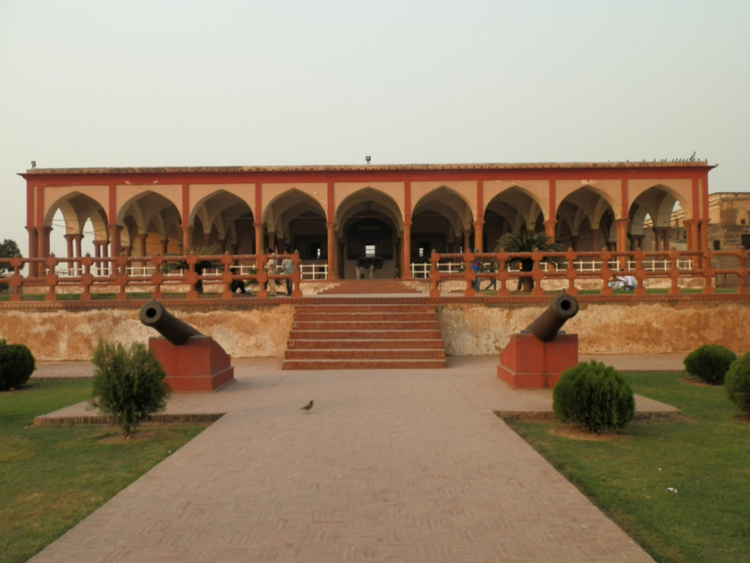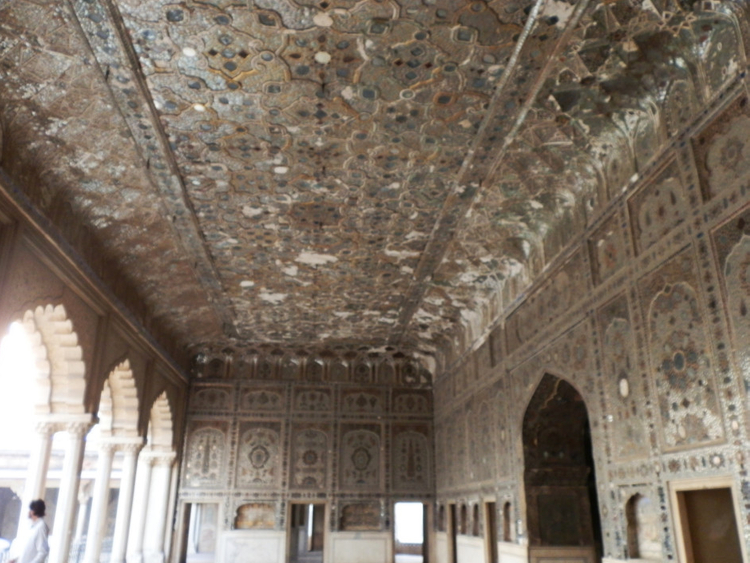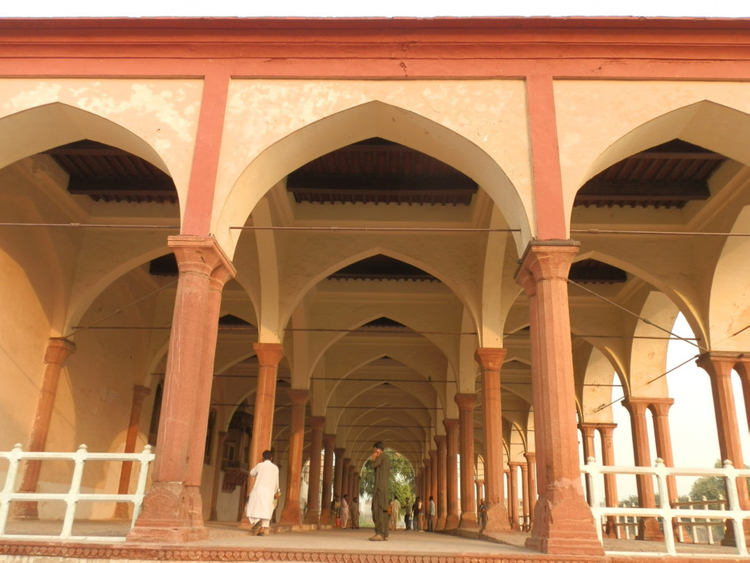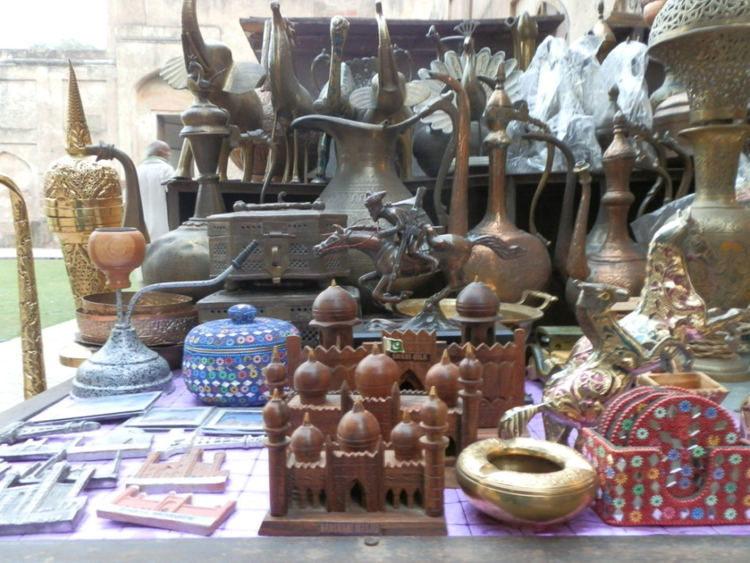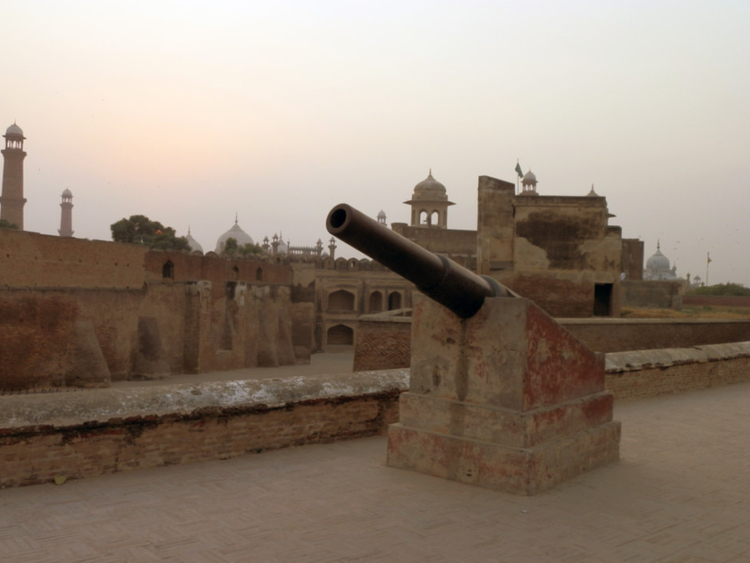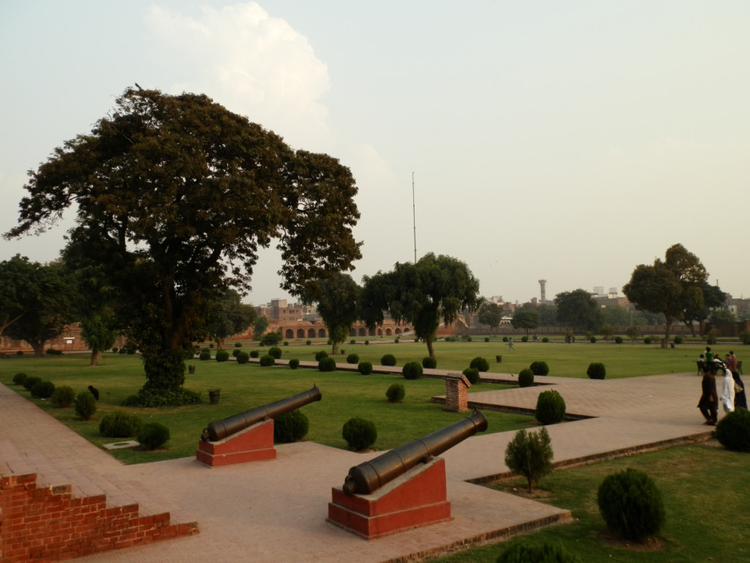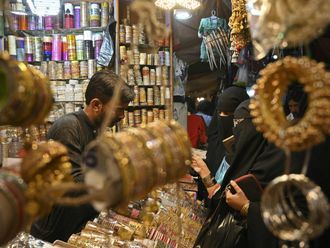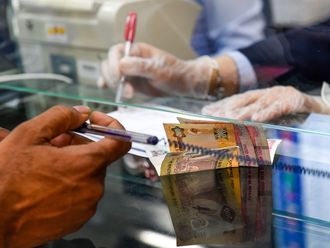
Lahore: There is a common saying in Punjabi that one who has not seen Lahore has not been born yet. And for every visitor to Lahore one must-see place is Lahore Fort.
Legend has it that Lahore Fort is prehistoric. The World Heritage fort was ravaged, destroyed and built so many times. The current fort’s foundation was laid by Mughal Emperor Akbar in 1566 and completed in 1605. The fort has 21 notable historical monuments. One is the temple of Loh, which is said to be one of the oldest monuments in the subcontinent, estimated to be more than 2,000 years old. Legend has it that the Hindu deity Rama and his wife Sita had two sons Lahu and Kasu. Lahore is named after the elder son, while the nearby city of Kasur is named after the second son.
Mohammad Siddique, a guide, said Lahore in ancient times was called Lavapuri (City of Lava in Sanskrit and was founded by Prince Lava, the son of deities Sita and Rama.
Open to the public from 9am to 5pm, the fort has an aura of grandeur. Here, time seems to have stopped among the timeless treasures of history.
The citadel (Lahore Fort) is home to some of the world’s unique fresco paintings, and pietra dura work and paintings in large numbers where most of the precious fresco painting work has faded away or deteriorated due to environmental conditions. There are 42 water cascade and fountain systems inside the fort, which once used to keep the place aromatic with a mixture of scents and fragrances. The walls of the fort were once illuminated with silver and gold fresco paintings.
Deputy Director Archaeology Department of Punjab, Afzal Khan said the Lahore Fort took its final shape during the reign of Ranjeet Singh, who turned it into a proper fortress. “Earlier it was just a palace where Mughal kings, princes and princesses used to come and stay for some period mostly on their way to Kashmir. Emperor Akbar built the first palace. Jehangir and Shah Jahan had their own palaces built. The last Mughal structure was the Alamgiri Gate built by Emperor Aurangzeb.
“Akbar was the only emperor who stayed permanently here for 14 years. Shah Jahan built most of the buildings including Dewan-e-Aam, Dewan-e-Khas, Shish Mahal and Summer Palace. The Shish Mahal has precious stones placed on its walls and ceiling including lapis lazuli, jade, soap stone, cornelian and black marble has been used in the flooring.
Excellent systems
“Ranjeet Singh, Rani Jedah and Kharak Singh built their own palaces. The ventilation and water supply systems were excellent. They used Persian wheels to lift the water to great heights and then sent it through various channels to the fountains and baths,” Khan explained.
Walled City Of Lahore Authority Lahore Fort director Asghar Hussain said a number of conservation projects are underway to preserve the heritage monument. “WCLA plans to restore the royal kitchen. A restaurant would be established there where visitors will be able to taste wonderful Mughal dishes in an ambience that would be a memorable experience for them.
“There is a plan to start night tourism at the fort,” Asghar said, adding renovation work was underway at Diwan-e-Aam.
Curator of Lahore Fort Museums, Anjum Dara, said many visit two museums (Sikh Museum and Mughal Museum) at the fort. “There are more than 200 artefacts in the Sikh Museum that attract tourists from across the world.”
Entry fee to the fort is Rs500 (Dh17.49) for foreigners and Rs50 for locals.
The unique and decorated mirror palace Shish Mahal, built in 1642, is a must see. The mirror palace was the residence of the Emperor Shah Jahan and it remained the residence of Maharaja Ranjit Singh for decades during the Sikh era.
Lahore Fort has stood the test of time and remains one of the most famous tourist spots.
If one gets a chance to visit Lahore, do make a trip to Lahore Fort for a trip into history.


